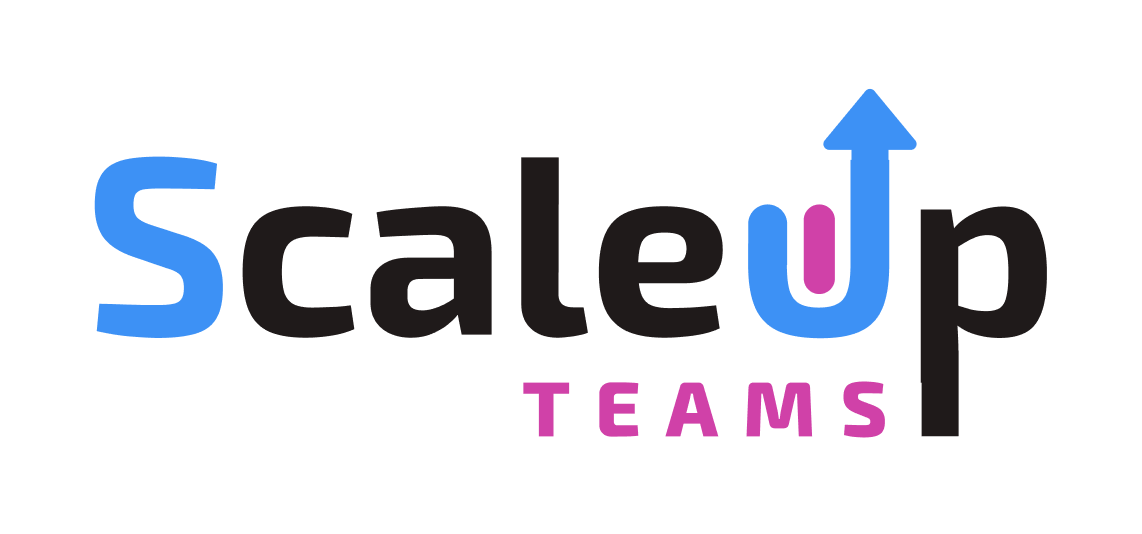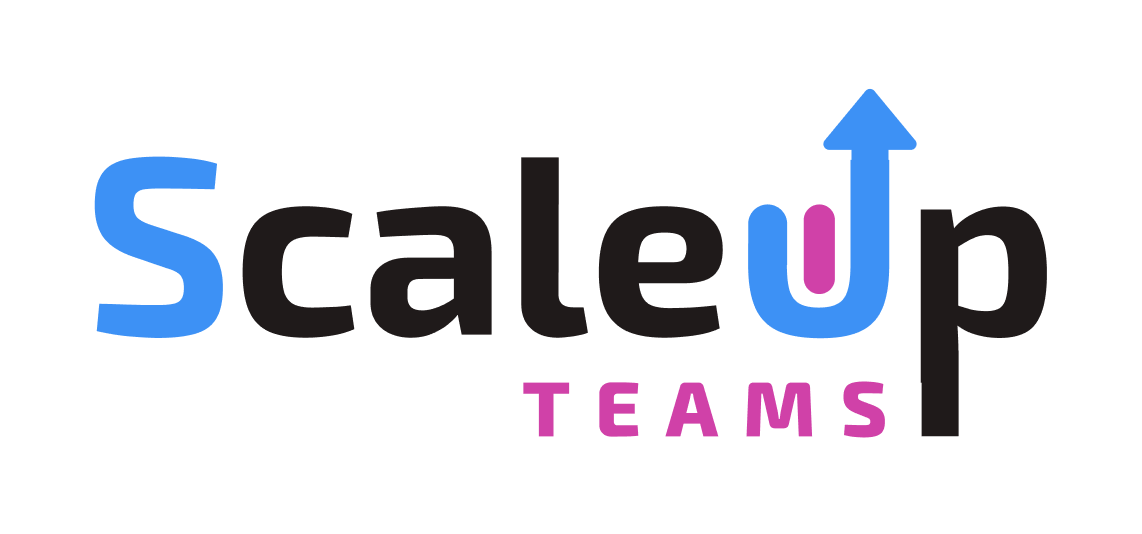Running a business means making decisions that can significantly impact your efficiency and bottom line. One common dilemma is choosing between hiring a virtual assistant (VA) or a traditional employee. Both options have their advantages, but the best choice depends on your business needs, budget, and goals.
In this article, we’ll break down the differences between virtual assistants and employees, highlight practical scenarios, and help you determine the right fit for your business.
Defining the roles
What is a virtual assistant?
A virtual assistant (VA) is a remote worker who provides a range of services, from administrative tasks and customer support to digital marketing and project management. VAs are typically hired on a contractual basis, giving you the flexibility to engage them when needed.
Typical tasks a VA can handle:
- Administrative tasks
- Email management
- Social media management
- Data entry
- Calendar management
- Customer service support
- Research tasks
Virtual assistants are a cost-effective option for businesses looking to delegate non-core tasks without the long-term commitment of hiring full-time staff.
VAs function as external support, focusing on defined tasks with minimal supervision. They’re best used for roles that don’t require physical presence or constant internal collaboration. Businesses engage VAs to reduce workload on core staff and handle routine functions without long-term commitments.
What is a Traditional Employee?
Traditional full time employees work directly for your business, either on-site or remotely. They often have a set schedule, receive regular salaries, and are entitled to benefits like superannuation, paid leave, and other employment perks.
Typical responsibilities of an in-house employee:
- Roles requiring physical presence (e.g., inventory management)
- Positions needing constant collaboration or supervision
- Functions involving sensitive company data
- Long-term projects requiring continuity
Employees are integrated into your company’s structure. They handle responsibilities that evolve with your business, offering continuity that’s valuable in leadership or strategic positions.
Hiring employees is ideal for businesses that need consistent, hands-on support and direct control over day-to-day activities.
VAs vs Employees: Key comparisons
1. Cost considerations
Virtual assistants
Engaging a virtual assistant can significantly reduce operating expenses. With a VA, you only pay for the work completed—there are no costs for superannuation, paid leave, or office space. This model allows businesses to manage budgets more effectively, especially when dealing with fluctuating workloads. The flexibility of paying by the hour or per project ensures you allocate resources efficiently.
Employees
Hiring an employee involves fixed costs that extend beyond a salary. Superannuation, paid leave, insurance, and equipment all contribute to ongoing expenses. Even during slower periods, these costs remain, making employees a long-term financial commitment. For roles requiring consistent, full-time support, this investment may be justified, but it often leads to higher overheads.
2. Flexibility and scalability
Virtual assistants
One of the key advantages of virtual assistants is their adaptability. Businesses can scale support up or down depending on workload without the complexities of employment contracts. Whether you need help for a short-term project or ongoing tasks, a VA provides the flexibility to adjust hours and responsibilities as your needs evolve.
Employees
Employees typically work fixed hours under formal contracts. Adjusting their workload requires navigating HR processes and employment laws, which can slow down operations. While this structure provides stability, it lacks the responsiveness businesses need when demands shift unexpectedly.
3. Time to productivity
Virtual assistants
Virtual assistants are often ready to start immediately. With experience across various industries, most VAs require minimal onboarding, allowing them to become productive quickly. This is particularly beneficial when urgent support is needed.
Employees
The hiring process for employees can be lengthy, involving recruitment, interviews, and onboarding. Once hired, it can take several weeks before an employee reaches full productivity. While this approach suits businesses seeking long-term growth, it may not be ideal when immediate results are required.
4. Commitment and long-term needs
Virtual Assistants
Working with a VA requires clear communication and structured processes. Effective use of digital tools ensures that tasks are completed to the required standard. Businesses that define deliverables and maintain regular check-ins find that remote collaboration works efficiently.
Employees
Having an employee on-site allows for immediate communication and quick adjustments to tasks. This can be valuable for roles requiring close collaboration or supervision. However, it’s important to consider whether the benefits of physical presence outweigh the added costs and commitments.
5. Long-term support and continuity
Virtual assistants
VAs can provide ongoing support without the legal obligations tied to traditional employment. Many businesses establish long-term working relationships with virtual assistants, benefitting from continuity without the complexities of employee management.
Employees
Employees become more integrated into a company’s culture and operations over time. This can be advantageous for positions requiring strategic involvement or long-term project management. However, the commitment required for hiring, training, and retaining employees should be carefully weighed against the actual needs of the role.
6. Skillset and expertise
Virtual assistants
Virtual assistants often bring specialised expertise in areas such as administration, customer support, digital marketing, and technical services. Because they work with a variety of clients and industries, VAs typically develop a broad skill set that can be applied to different tasks without the need for extensive training. This level of versatility allows businesses to access experienced professionals without investing time and money in upskilling.
Employees
Employees can be trained to develop company-specific knowledge and skills. Over time, they gain a deeper understanding of internal processes, which is valuable for roles requiring long-term strategic involvement. However, acquiring new skill sets often requires formal training, which can be costly and time-consuming.
7. Productivity and accountability
Virtual assistants
VAs are focused on delivering results within specified deadlines. Since they are often paid per task or hour worked, there is a strong incentive to complete work efficiently and to a high standard. Virtual assistants are used to working independently, requiring minimal supervision while remaining accountable for deliverables. Businesses benefit from this outcome-oriented approach, ensuring that time paid directly correlates with productive output.
Employees
While employees provide stability and long-term support, productivity levels can vary. Full-time staff may not always be fully utilised, particularly if workloads fluctuate. Regular supervision and management are often required to maintain accountability, which can take up valuable internal resources. On the positive side, employees are more accessible for ongoing feedback and performance reviews.
Pros and cons of hiring virtual assistants vs In-house staff
| Category | Virtual assistant (VA) | Employee |
|---|---|---|
| Pros | – Significantly reduces operating expenses – Pay only for completed work with no costs for superannuation, paid leave, or office space – Helps manage budgets effectively, especially with fluctuating workloads – Flexible payment options (hourly or per project) – Easily scalable support without complex contracts – Ready to start immediately with minimal onboarding – Provides quick productivity for urgent support needs – Offers ongoing support without legal obligations tied to employment – Access to specialised expertise across various industries without extensive training – Focused on delivering results with strong accountability for deliverables |
– Investment can be justified for consistent, full-time support – Provides stability with fixed working hours – Deep integration into company culture and operations – Enables immediate communication and quick task adjustments – Offers continuity for long-term projects and strategic involvement – Employees develop company-specific knowledge over time – Suitable for long-term growth and leadership roles – Accessibility for ongoing feedback and performance reviews |
| Cons | – Not suitable for roles requiring physical presence or constant in-person collaboration – Requires clear communication and structured processes to ensure efficiency – Continuity depends on the VA’s availability and contractual terms – Less integrated into company culture compared to employees – May require time to understand company-specific systems despite industry experience |
– Higher fixed costs including salary, superannuation, paid leave, insurance, and equipment – Ongoing expenses persist during slow business periods – Workload adjustments require HR processes, reducing responsiveness – Recruitment, onboarding, and training take significant time and resources – Full-time staff may not always be fully utilised, particularly with fluctuating workloads – Maintaining accountability requires regular management and supervision – Retention involves ongoing investment in hiring, training, and employee benefits |
Making the right choice
Choosing between a virtual assistant and an employee depends on workload, urgency, budget, and long-term needs.
Hire a virtual assistant if:
- Tasks are project-based, specialised, or don’t require in-person work.
- You need flexible, cost-effective support that scales with demand.
- Immediate productivity is essential without lengthy onboarding.
- You want to avoid long-term financial commitments.
Hire an employee if:
- The role requires daily collaboration, physical presence, or handling sensitive data.
- You need consistent, full-time support for long-term projects.
- The position involves strategic decision-making or leadership.
- You’re prepared to invest in training and internal development.
For most businesses with variable workloads and budget considerations, virtual assistants offer faster, more flexible solutions. Employees suit roles needing ongoing, integrated support.
Both virtual assistants and traditional employees offer unique advantages. Virtual assistants provide flexibility, cost savings, and specialised skills, making them ideal for businesses looking to streamline operations without hefty commitments. Employees, on the other hand, are essential for roles requiring stability, on-site presence, and long-term engagement.
Assess your business needs, budget, and goals to make an informed choice. Whether you opt for a VA, an employee, or a hybrid approach, the right decision will enhance your efficiency and contribute to your business’s growth.



